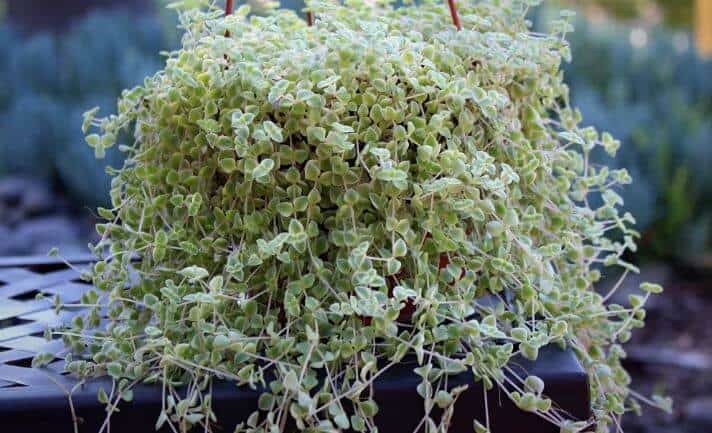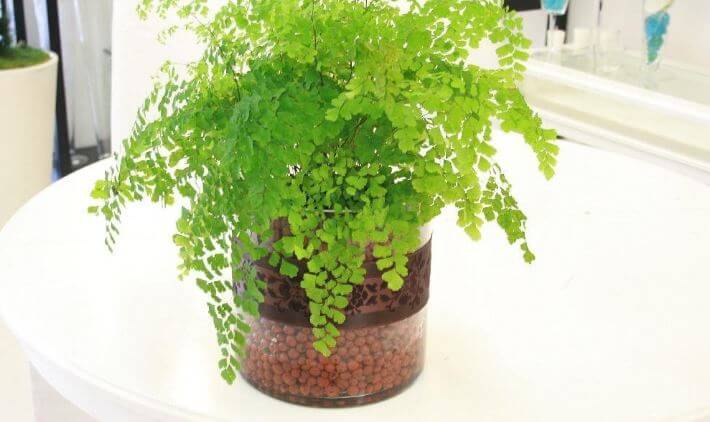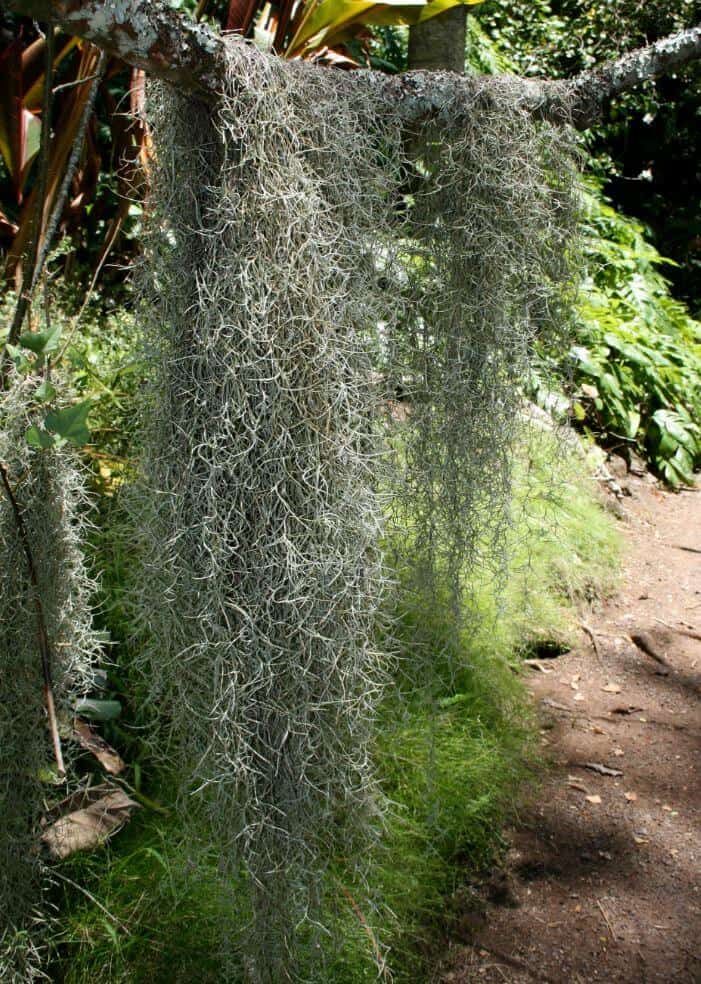Last Updated on January 6, 2023 by a Friendly Gardener
The Angel hair plant is better known as Mexican feather grass or pony tail, along with several other names. The scientific name is Stipa tenuissima or Nassella tenuissima and it’s a perennial ornamental grass.
The plant usually grows up to 28 inches in height and has silver-gray foliage.
Angel Hair Plant Care

Before we get into Angel hair plant care, let’s look at a few other characteristics of the plant. It is a grass-like plant that is usually used as a border in a garden. The plant has lobed leaves that produce white flowers that are seen in the summer months.
You need the plant to look tall and elegant and not leggy. But don’t worry, a little pruning will bring it back to the way it is supposed to look such that it adds texture to your garden. It’s called Mexican feather grass because this plant is originally from Mexico and some parts of the southern US.
That piece of information will help you understand how to take care of it. As the months go by, you will notice that the leaves go from a green color to yellow-green. While this is a perennial plant, it does experience dormancy in growth when the mercury drops in severe frost season.
As mentioned before, a little pruning will bring the plant back to life when spring begins. This plant also grows very well in Australia, but it is classified as invasive, and hence its sale is illegal.
Light
These plants, being native to Mexico, love full sun and that’s where their growth really thrives. So, find a nice sunny spot for them in the garden. They will survive if there is a little bit of shade, but you must make sure that it’s not too much because otherwise, their growth gets impeded.
Water
These plants are also quite good at their drought tolerance. So, you can get away with not having a strict watering schedule. Their requirements are described as “light watering” or low to average watering. In fact, supplying them with a decent amount of moisture might just be enough as well.
But you should schedule a deep watering session once or twice a month, especially in the summer months. The plant has the ability to sink into a dormant state when it experiences a drought.
Soil
These plants grow quite well when you plant them in dry soil. And when you water them, you should make sure that the two inches of soil right on top are dry. They are quite easy to maintain also because they grow well in poor soil types.
That means adding too much mulch or fertilizer isn’t the best idea. Plant them in rich soils and you will see the growth get floppy. The ideal condition, soil-wise, is to plant them in loamy soil also because the Angel hair grass plant needs well-draining soil.
And you can help the drainage by making sure that the sand is loosened with some organic matter.
Temperature
These plants can handle drought conditions quite well and they like full sun. So, you could say that they can take some heat, quite literally. In fact, they won’t die if the weather is a bit warm and humid.
But you shouldn’t wait till things go to that extreme. It’s good to check on their color to make sure their growth isn’t deteriorating in the summer. However, they don’t respond well to frosty weather. So, you want to make sure that they are protected from the cold when the seasons change.
Fertilizing
A little bit of compost once a year is all it takes to keep the Angel hair fern plant growing strong and healthy.
Potting and Repotting

These plants grow well when they are in a large container. If you want to grow them on the ground in the garden, you can mix them with other plants as well because they won’t compete for nutrients.
In fact, mixing them with other plants is a good idea since they are likely to grow tall. Just make sure the surrounding plants are short and like full sun (and are getting it) along with a need for sharp drainage.
Pests and Diseases
These plants are very good at resisting diseases, but you should keep an eye out for excess moisture because, in those conditions, they might develop rust or smut. This also happens if the soil doesn’t drain well.
You should also check for leaf spots and aphids because those attacks happen occasionally.
Pruning

It is a good time to prune these plants in late winter and early spring when they are in a dormant state. Once the weather gets warmer, they will pick up the pace of their growth. Since this is evergreen grass, you should remove old seed heads and foliage in the winter months.
You don’t need tools to do this, which is why it is recommended that you comb the grass while wearing gloves. If you want to use tools, you should clean your garden shears before you get to work.
If the place where you live receives a good deal of rain, you can schedule the pruning for the end of spring or the beginning of summer.
This is also a good exercise if you’re trying to get rid of overgrown stems and dead flowers, as you will have to. Do this when their dormancy is about to begin so that they will be clean throughout that phase.
Propagation

The summer months are a good time to collect cuttings that look semi-ripe. These plants can be propagated by division in the spring and autumn months. You can also propagate them with seeds, but you should start the process indoors and at the beginning of spring.
Get a potting mix and cover a layer of it with another layer of the mix, sand, or soil. Make sure you water the plant regularly and take it outdoors only after you see that the initial growth has become sturdy.
The Bottom Line
It is elegant and silky in appearance that moves in a wavy fashion when the wind blows. As mentioned at the beginning, this plant is ornamental and is often added to landscapes for its added value to the presentation.

